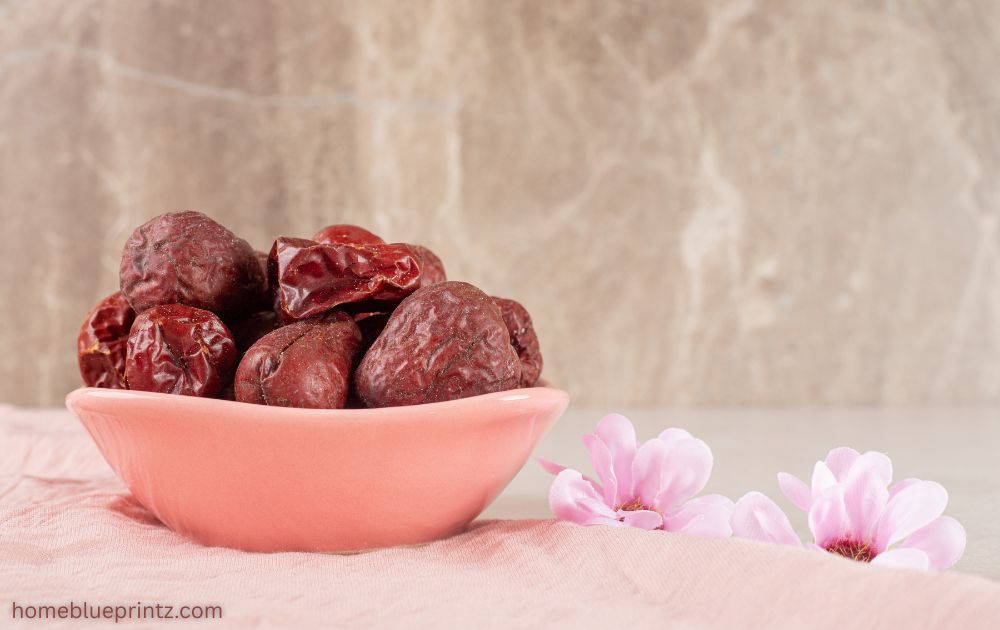Žižole: The Ancient Fruit with Modern Appeal
There’s something almost poetic about discovering a fruit that’s been enjoyed for thousands of years yet remains a secret to many today. Meet žižole, a small, sweet, and delightfully chewy fruit that holds a special place in Mediterranean and Asian cultures. Whether you’ve heard it called žižola, žižola drevo, or simply žižol, this unique fruit is packed with flavor, history, and health benefits.
What Is Žižole?
Žižole (pronounced zhee-zho-leh) is the local name for the jujube fruit, a small, round to oval fruit that resembles a date when dried. It grows on a hardy deciduous tree known for its resilience and adaptability. Often referred to as the “Chinese date,” žižole offers a crisp texture when fresh and a sweet, chewy bite when dried.
The History of Žižola
Žižole has a fascinating story that stretches back over 4,000 years. Originating in China, the fruit made its way across Central Asia and into Southern Europe, where it became beloved in Mediterranean regions. In Croatia, Slovenia, and Italy, žižole are celebrated in autumn festivals and family gardens, symbolizing abundance and health.
Žižola Drevo (Žižola Tree)
The žižola drevo is a beautiful, medium-sized tree that thrives in warm, sunny climates. It can reach up to 10 meters in height, with elegant, glossy leaves and fragrant white flowers. Its deep root system makes it drought-resistant, which is why it flourishes in dry Mediterranean soils.
Ideal Growing Conditions: Žižola trees love the sun and prefer well-drained soil. They tolerate poor soil quality and can even survive light frost, making them surprisingly hardy.
Lifespan and Maintenance: A mature žižola tree can live for several decades. With minimal care pruning once a year and occasional watering, it can provide abundant fruit for generations.
Varieties of Žižol
While there are many cultivars, the most common varieties differ in size, sweetness, and texture. Some produce larger, juicier fruit ideal for fresh eating, while others yield smaller, denser fruit perfect for drying or cooking.
Growing Žižole at Home
You don’t need a massive orchard to grow žižole. A sunny backyard or even a large pot can be enough.
Soil and Location: Plant it in a sunny spot with sandy or loamy soil. Avoid overwatering; žižole dislikes soggy roots.
Watering and Pruning: Water regularly during the first year, then reduce frequency once established. Prune in late winter to encourage healthy growth and more fruit production.
Harvesting the Fruit
Harvesting usually begins in late summer to early autumn. Fresh žižole is pale green to reddish-brown; dried fruit darkens and wrinkles like a date. Pick by hand gently — the skin bruises easily.
Store fresh žižole in the refrigerator for up to two weeks or sun-dry them for long-term use.
Nutritional Benefits of Žižole
Don’t let the size fool you, žižole packs a nutritional punch.
-
Rich in Vitamin C: Boosts immunity and skin health
-
High in Antioxidants: Fights oxidative stress and supports heart health
-
Source of Minerals: Contains potassium, phosphorus, and iron
-
Low in Calories: A guilt-free, naturally sweet snack
Medicinal Uses of Žižola
Traditional medicine has used žižola for centuries. In Chinese and Mediterranean folk remedies, it’s known to:
-
Calm the nerves and promote sleep
-
Support digestion
-
Strengthen the immune system
-
Reduce inflammation
Modern studies support some of these claims, especially its antioxidant and stress-reducing effects.
Culinary Uses
Žižole can be enjoyed in countless ways.
Fresh Žižole
Eat them raw like apples for a crisp and mildly tart flavor.
Dried Žižole
When dried, they resemble dates chewy, sweet, and full of depth. Perfect for snacking or adding to oatmeal and desserts.
Jams and Teas
Žižola jam offers a delightful twist to breakfast. In herbal teas, it brings warmth and subtle sweetness.
Žižola in Culture and Tradition
In the Mediterranean, žižole symbolizes good health and longevity. Festivals celebrate its harvest, and families often gift baskets of the fruit to wish prosperity. Some even say eating the first žižola of the season brings luck!
Environmental Benefits
Žižola trees not only feed us but also support ecosystems. Their deep roots prevent soil erosion, while their flowers attract bees and other pollinators. A žižola drevo in your garden is both a food source and a friend to nature.
Buying and Storing Žižole
When shopping for žižole, look for firm, blemish-free skin. Avoid overly soft fruit, which may be overripe. Store fresh ones in the fridge, or dry them naturally for longer preservation.
Common Problems and Solutions
While resilient, žižola trees may occasionally face pests like aphids or fungal spots. The solution? Natural neem oil sprays and good air circulation. Proper pruning and sunlight exposure keep the tree strong and healthy.
Conclusion
Žižole is more than just a fruit — it’s a piece of history, a source of nourishment, and a touch of Mediterranean warmth. Whether you savor it fresh, dried, or in tea, žižole connects you to an ancient tradition of wellness and flavor. If you’re looking for a unique addition to your garden or diet, the žižola tree might just be your perfect companion.
FAQs about žižole
1. What does žižole taste like?
Fresh žižole tastes similar to a crisp apple, while dried ones resemble sweet dates.
2. Can I grow žižola in cold climates?
Yes, but it prefers mild winters and full sunlight. Protect young trees from frost.
3. How long does a žižola tree take to fruit?
Typically, 3–4 years after planting.
4. Are žižole and jujube the same?
Yes, žižole is the local name for the jujube fruit.
5. How should I eat dried žižole?
Enjoy as a snack, chop into cereal, or brew into a soothing tea.
Share this content:














Post Comment